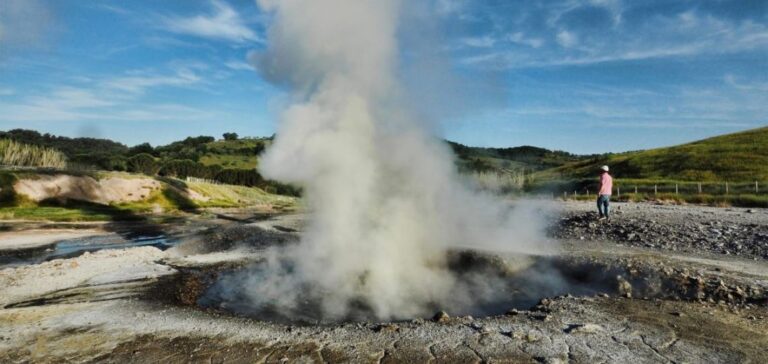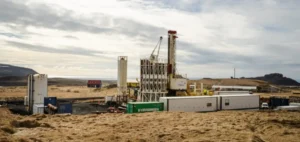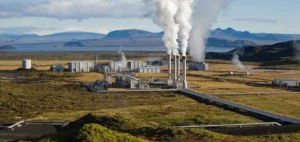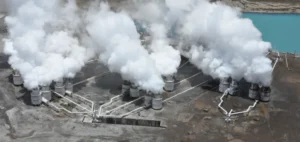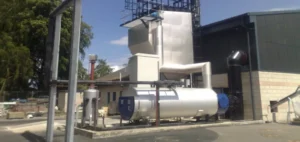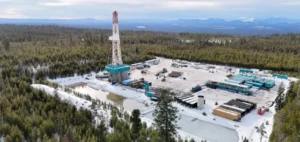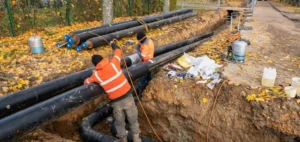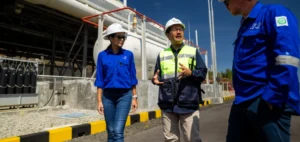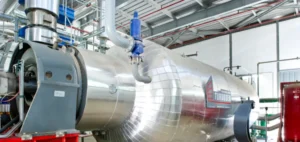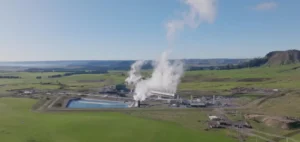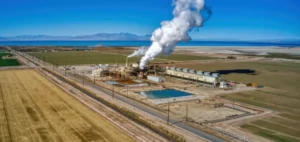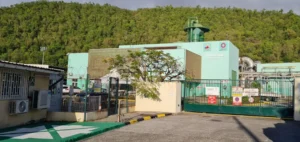Enel Green Power is seeking projects that will eliminate or reduce the odor impact of atmospheric geothermal well testing.
The context
Enel Green Power indicates that the project is to address odor mitigation in areas near geothermal well testing. In addition, it must incorporate the control of hydrogen sulfide levels. The solution must be applicable to wells with different characteristics.
Thus, the project must take into consideration the flow, temperature and pressure. In addition, the solution must take into account the gas content and chemical composition of the fumes. In addition, the winning solution will be awarded up to $20,000.
The company was previously exploring the injection of hydrogen peroxide into the well through coiled tubing. The reduction of hydrogen sulfide by this method was successful. However, this solution cannot be deployed permanently.
The methodology
Enel Green Power highlights two main problems. A release of hydrogen sulfide around the wellhead forcing personnel to move away. The release of hydrogen sulfide and volatile organic compounds into the atmosphere for two to ten days.
During the company’s trials, air monitoring by fixed and mobile stations measured the concentration of hydrogen sulfide. The aim is to respect the concentration thresholds recommended by the WHO. To date, no technical solution has been proposed.
However, acceptable methods seem to be able to separate the hydrogen sulfide from the water stream or treat the entire fluid. The goal now is to reduce or eliminate the odor impact during geothermal well testing. It will also involve meeting certain solution requirements.
The requirements
The tests will have to comply with the European safety standards. The solutions must be transportable by truck. The objective of reducing emissions into the atmosphere should reach 90%.
Fluid treatment should be carried out during all phases of the test. It should also be suitable for wells with a pressure between 1 and 40 bar. The temperature will be in the range of 100 – 300 degrees Celsius.
It will be necessary to take into account the presence of volatile organic compounds. The solution shall not require a pressure vessel to store the by-products. Finally, the result will have to reach a 98% reduction of hydrogen sulfide emissions in the atmosphere.


